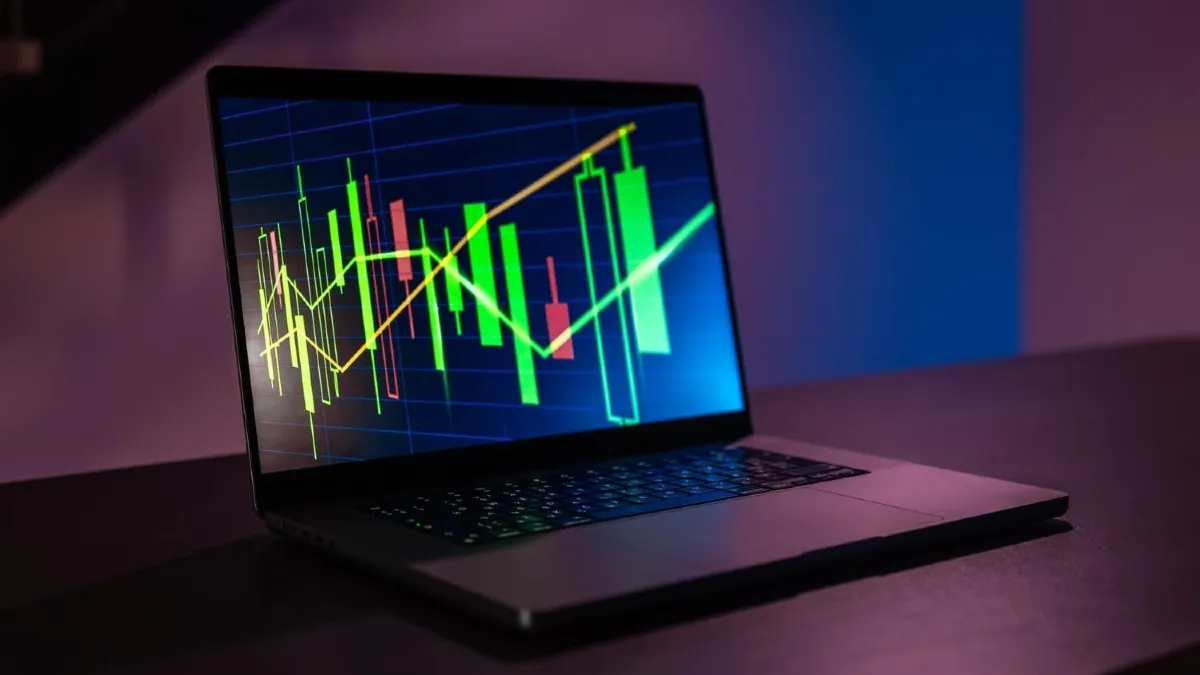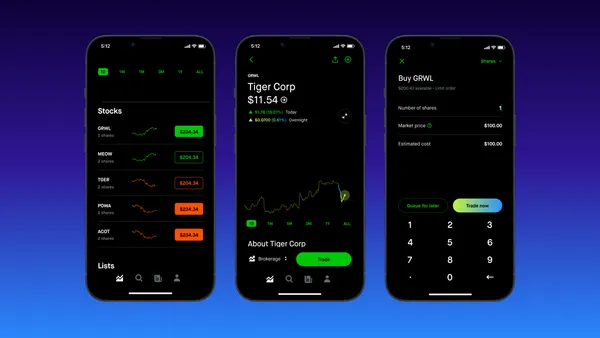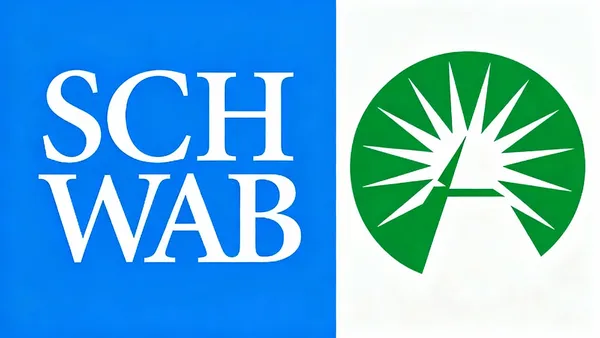You now know the most important rule of investing: Diversification. You should never put all your apples into one basket.
But for a beginner, creating a diversified portfolio can feel overwhelming. Do you need 50 stocks? 10 different funds? Do you need gold?
Fortunately, there is a simple, proven, and nearly perfect solution created by financial experts: The 3-Fund Portfolio.
This strategy is known for being cheap, easy to manage (it takes about 10 minutes a year), and more effective than 95% of complicated, actively managed strategies. It is, quite simply, the best way for a beginner to start investing.
What Is the 3-Fund Portfolio?
The 3-Fund Portfolio is a powerful investment strategy that uses just three low-cost, broadly diversified index funds (usually ETFs) to achieve instant ownership of virtually the entire global stock and bond markets.
You get all the necessary diversification without any of the complexity.
The three funds you need are:
| Fund Type | What It Owns | Why You Need It |
| 1. U.S. Total Stock Market | All major U.S. companies (the S&P 500, plus medium and small companies). | This is your Engine for Growth. |
| 2. International Total Stock Market | All major non-U.S. companies (Europe, Asia, emerging markets). | This protects you if the U.S. market is having a bad decade. |
| 3. U.S. Total Bond Market | A massive collection of U.S. government and corporate bonds. | This is your Brakes for Safety and a source of income. |
That’s it. By buying a small piece of just three funds, you own a piece of almost every major company and government security in the world.
The Three Funds: Specific ETF Examples
To keep your costs (called "expense ratios") as low as possible, we recommend using ETFs from major low-cost providers like Vanguard, Fidelity, or Schwab.
Here are the specific, low-cost funds that are most commonly used in the 3-Fund Portfolio:
| Fund Type | Ticker (Example) | What It Is | Expense Ratio (Approx.) |
| 1. U.S. Total Stock | VTI (Vanguard Total Stock Market ETF) | Owns about 4,000 U.S. stocks. | 0.03% |
| 2. International Stock | VXUS (Vanguard Total International Stock ETF) | Owns about 8,000 non-U.S. stocks. | 0.07% |
| 3. U.S. Bonds | BND (Vanguard Total Bond Market ETF) | Owns thousands of U.S. government and corporate bonds. | 0.035% |
You could also use similar funds like ITOT (iShares U.S. Total Stock) or FZROX (Fidelity's Zero-Fee Fund). The key is the fund's type (Total Market/Total International) and its low cost.
How to Allocate Your Money (The Golden Rule)
Once you pick your three funds, the next step is deciding what percentage of your money goes into each. This is called asset allocation, and the split depends entirely on your age and your tolerance for risk.
The only split that truly matters is your Stocks-to-Bonds Ratio.
Stocks (Growth) vs. Bonds (Safety)
- Stocks (VTI + VXUS): These are the volatile but high-growth assets. This is the engine of your portfolio.
- Bonds (BND): These are the stable, low-growth assets that act as your shock absorber during a market crash.
A simple, time-tested way to determine your allocation is the "Age Rule" (though many investors are more aggressive today):
| Investor Type | Example Age | Stocks (VTI + VXUS) | Bonds (BND) |
| Young/Aggressive | 25 | 90% | 10% |
| Middle-Aged/Balanced | 45 | 70% | 30% |
| Near Retirement/Conservative | 60 | 50% | 50% |
The Stock Split (U.S. vs. International)
Once you decide on your total stock percentage, you split that money between U.S. and International. A common split is either 70/30 or 60/40 (U.S. to International).
Example: A 30-Year-Old (80/20 Stocks-to-Bonds)
| Fund | Percentage of Total Portfolio | Why This Ratio? |
| 1. U.S. Stock (VTI) | 56% (70% of the 80% stock total) | Strong historical U.S. growth. |
| 2. International Stock (VXUS) | 24% (30% of the 80% stock total) | Protects against U.S. downturns. |
| 3. U.S. Bond (BND) | 20% | Provides stability and income during crashes. |
| TOTAL | 100% |
Two Easy Rules for Maintaining This Portfolio
Once you set your three funds and your allocation, you have only two jobs for the rest of your life.
1. Just Keep Buying (DCA)
Your number one job is to keep contributing money regularly. As you saw in our Dollar-Cost Averaging guide, consistency beats perfection. Set up an automatic transfer from your paycheck every month and let it buy shares of VTI, VXUS, and BND according to your percentages.
2. Rebalancing (The 10-Minute Annual Check)
Over time, your percentages will get thrown out of whack.
- If the U.S. market (VTI) has a great year and goes up 30%, your VTI percentage might swell from 56% to 65%. Your portfolio is now too risky.
- If the Bond market (BND) stays flat, its percentage will shrink from 20% to 15%. Your portfolio now has too few brakes.
Rebalancing is the simple act of selling the winners and using that cash to buy the losers, bringing you back to your target allocation (56%/24%/20%).
You should only need to rebalance:
- Once per year (e.g., every January), or
- When an allocation drifts by more than 5% (e.g., your Bonds drop from 20% to 15%).
Rebalancing feels painful (selling your winners!), but it’s the disciplined way to ensure you are always buying low and selling high, automatically keeping your risk exactly where you want it.
The 3-Fund Portfolio is proof that the simplest strategy is often the most genius. It maximizes diversification while minimizing cost, emotion, and work.




